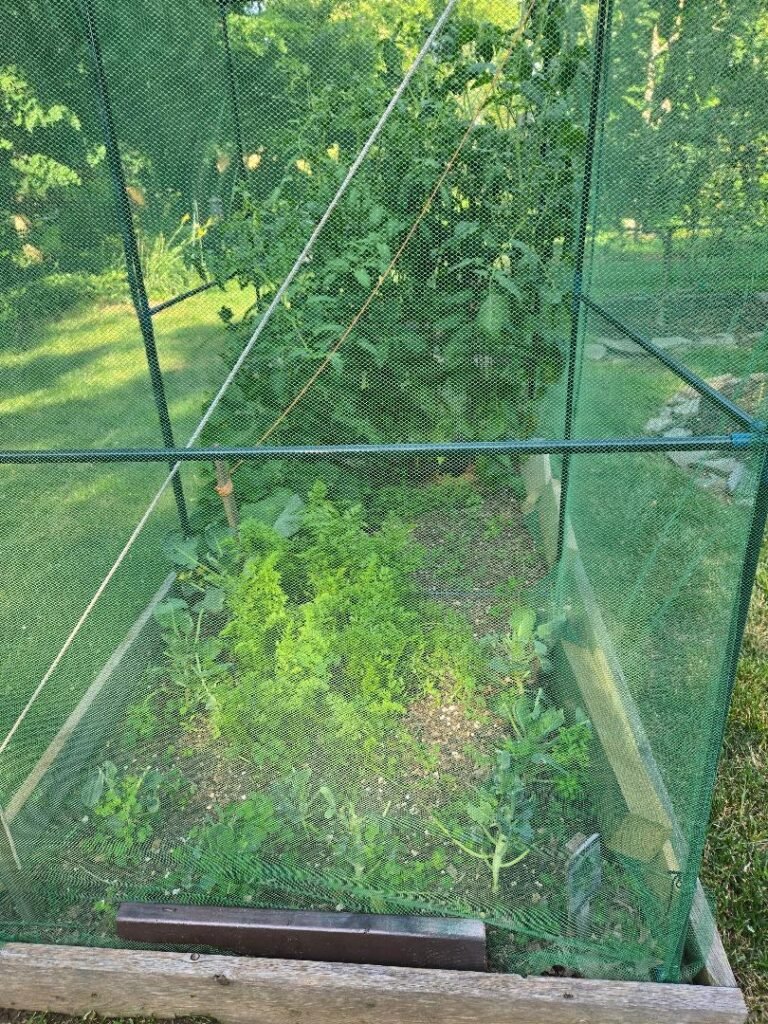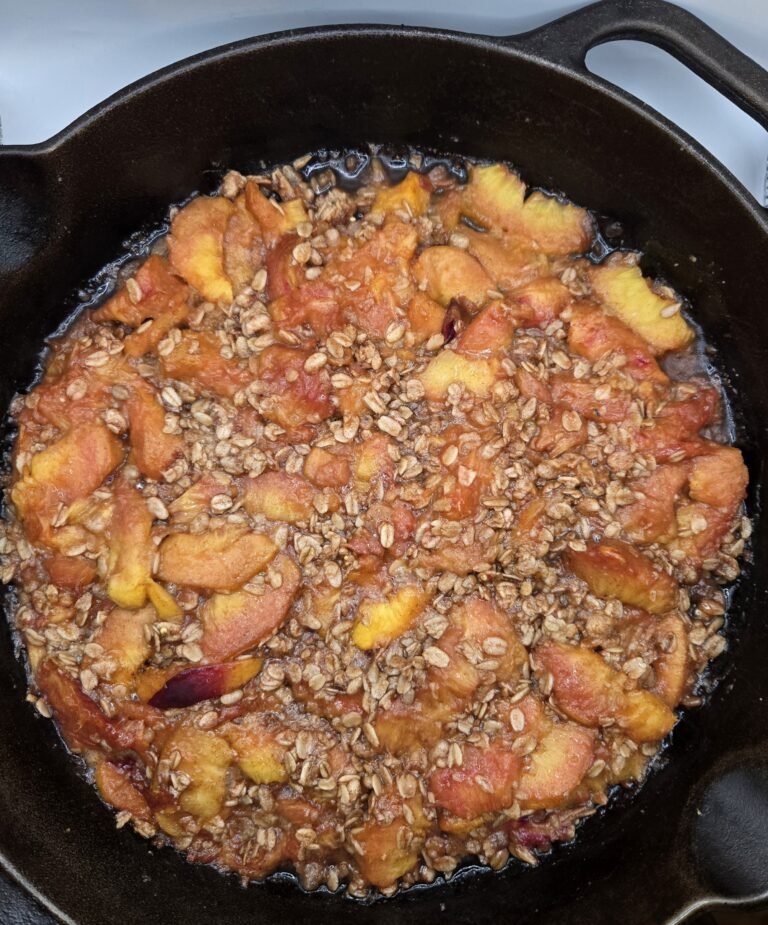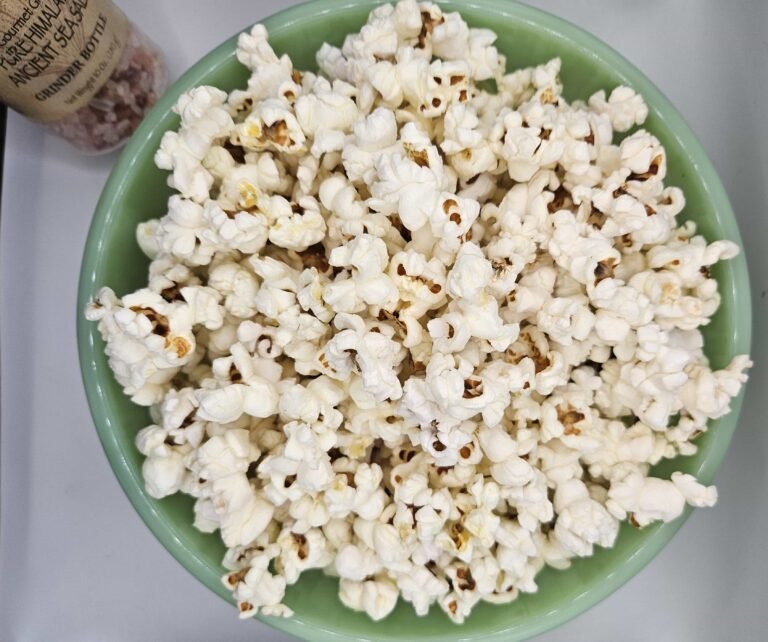
Mother’s Day was behind us, and I hadn’t even started, but it’s never too late. Last year, I planted small vegetables in the same planter as the tomatoes. When the tomatoes grew huge, they blocked the light for everything else, and it didn’t grow. My yard had too much rock and clay, so I had to take out some grass and build raised planters. It still means digging out some of the stones and clay, but not as much.
Gardening is a perfect way to get grounded and connect with the earth. There are also the benefits of exercise and fresh air, the joy of watching your plants grow, and the flavor and nutrition of fresh food. You also know exactly where your food is coming from, save time and money by not having to shop for food, and you can choose what you want to grow and eat. What stinks where I live is the humidity, so early morning is the best time to be outside working.
We’re having a particularly long spring, so what I started mid-April last year went in late May this year. Although the guy at a local nursery told me it’s too late for cabbage plants. Here’s an approximate schedule for planting outside, but you can look up your town on the Farmer’s Almanac almanac.com/gardening:
March: Cabbage, lettuce, broccoli, kale, onions, peas, spinach, Brussels sprouts
April: Beets, turnips, radishes, potatoes, parsnip, cauliflower, celery, chard, leek, carrots
May: Beans, okra, peppers, corn, snow peas, baby squash, cucumber, eggplant
June: Cantaloupes, honeydews, watermelon, pumpkin, winter squash, sweet potato
July: Replant fast growers that don’t mind cooler temps – lettuce, spinach, herbs, etc.
Don’t let the schedule stop you because some things you can plant twice, like lettuce, peas, beans, beets, broccoli, carrots, cauliflower, cucumbers, kale, leeks, parsnip, radish, spinach, tomatoes, turnips, and squash. I’ll be planting broccoli twice because of that *$%& groundhog!
Some plants do not like to be in the same bed. Early plants like to be together, but they do not like to be with beans. Beans and peas do not like to be with onions and garlic. If you have small wildlife like rabbits, they don’t like the smell of marigolds, so you can outline the beds with the flowers.




